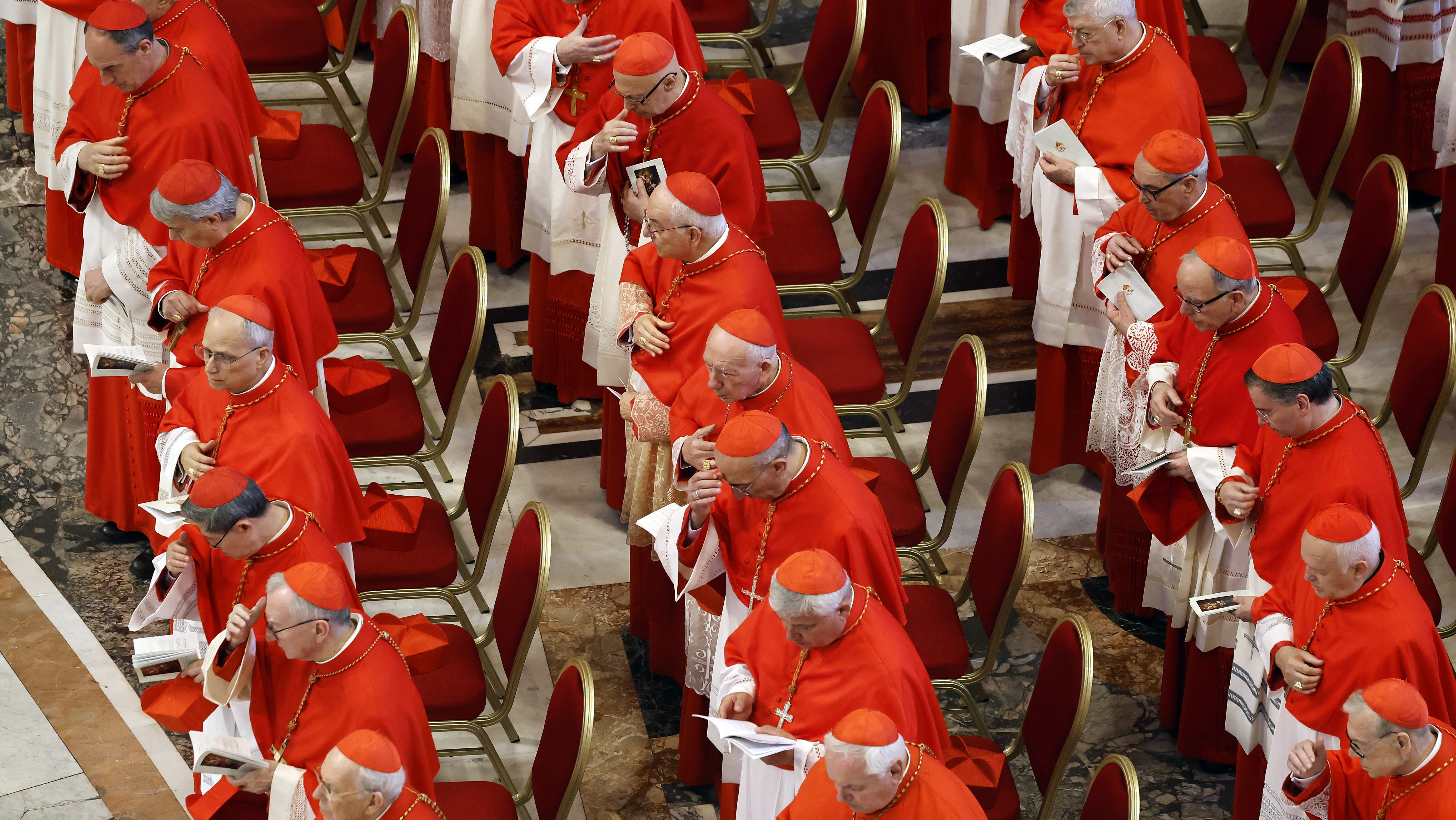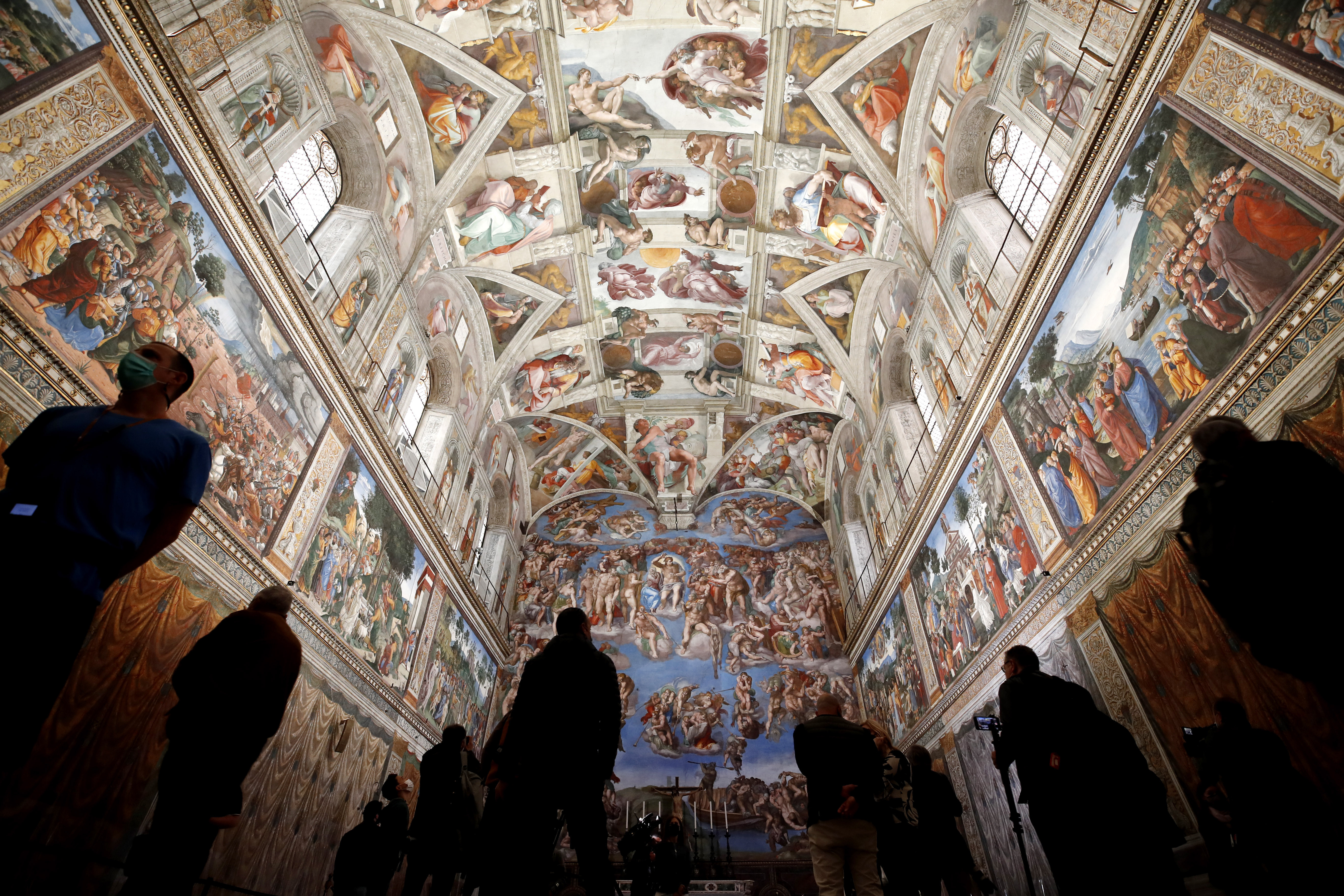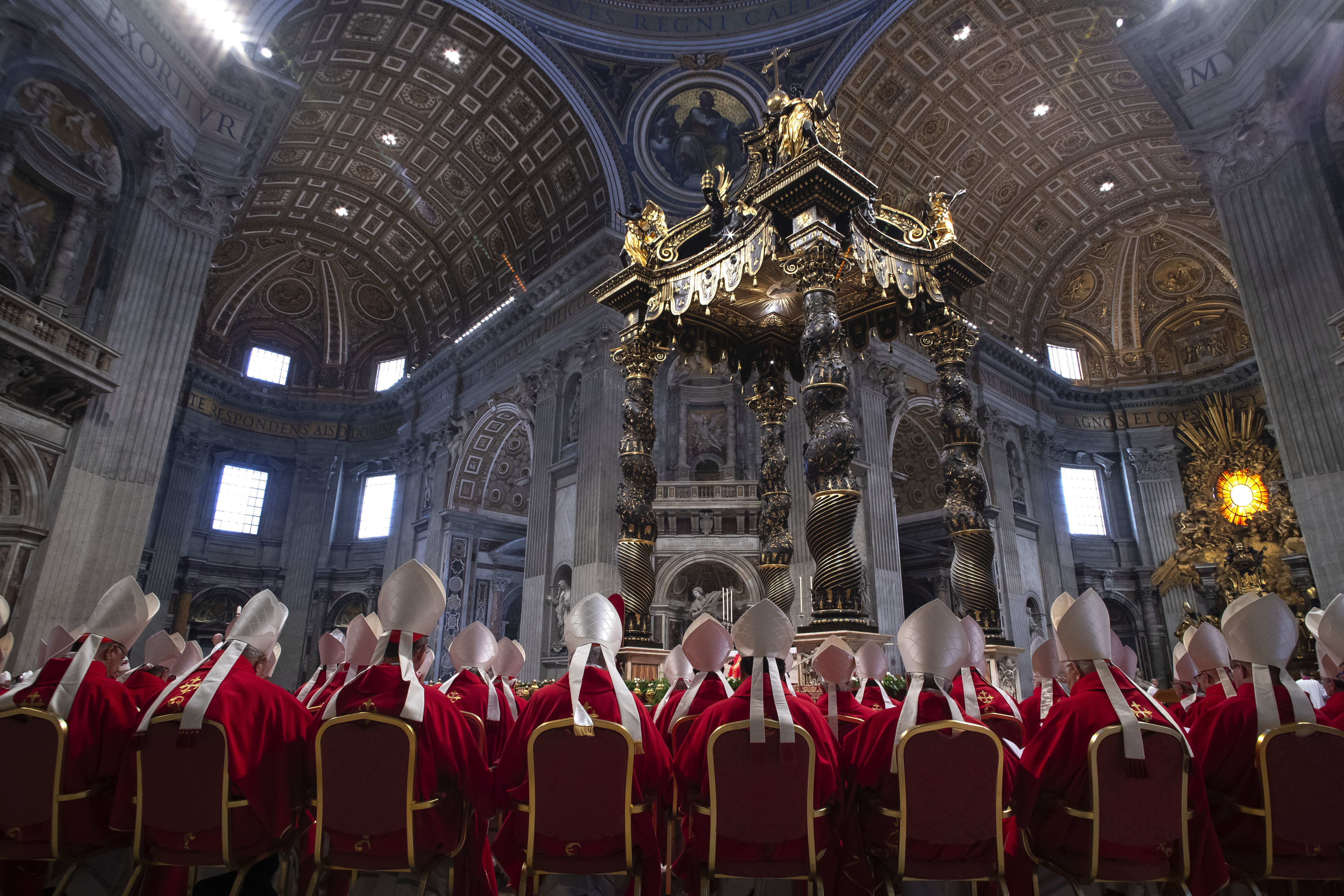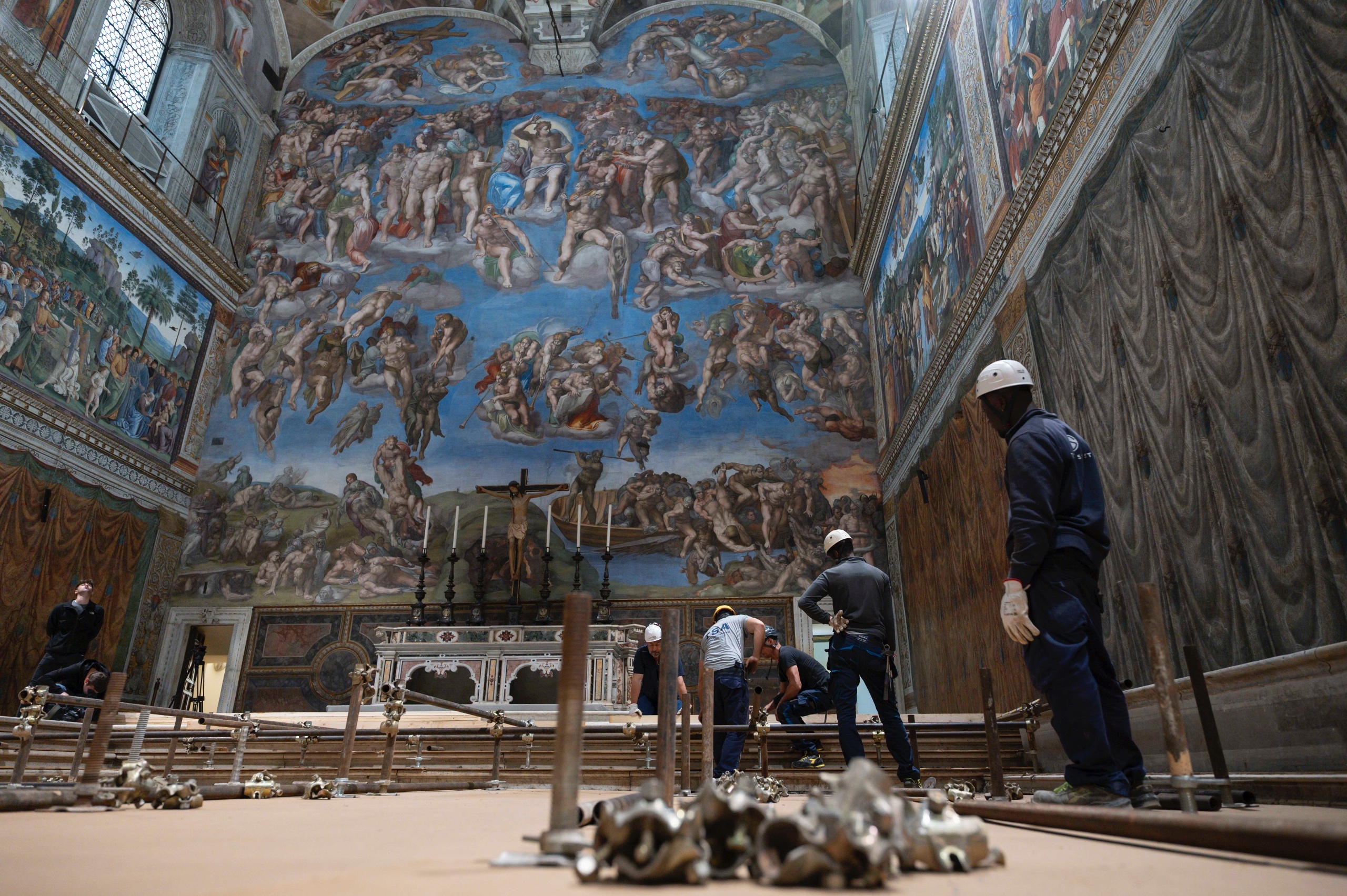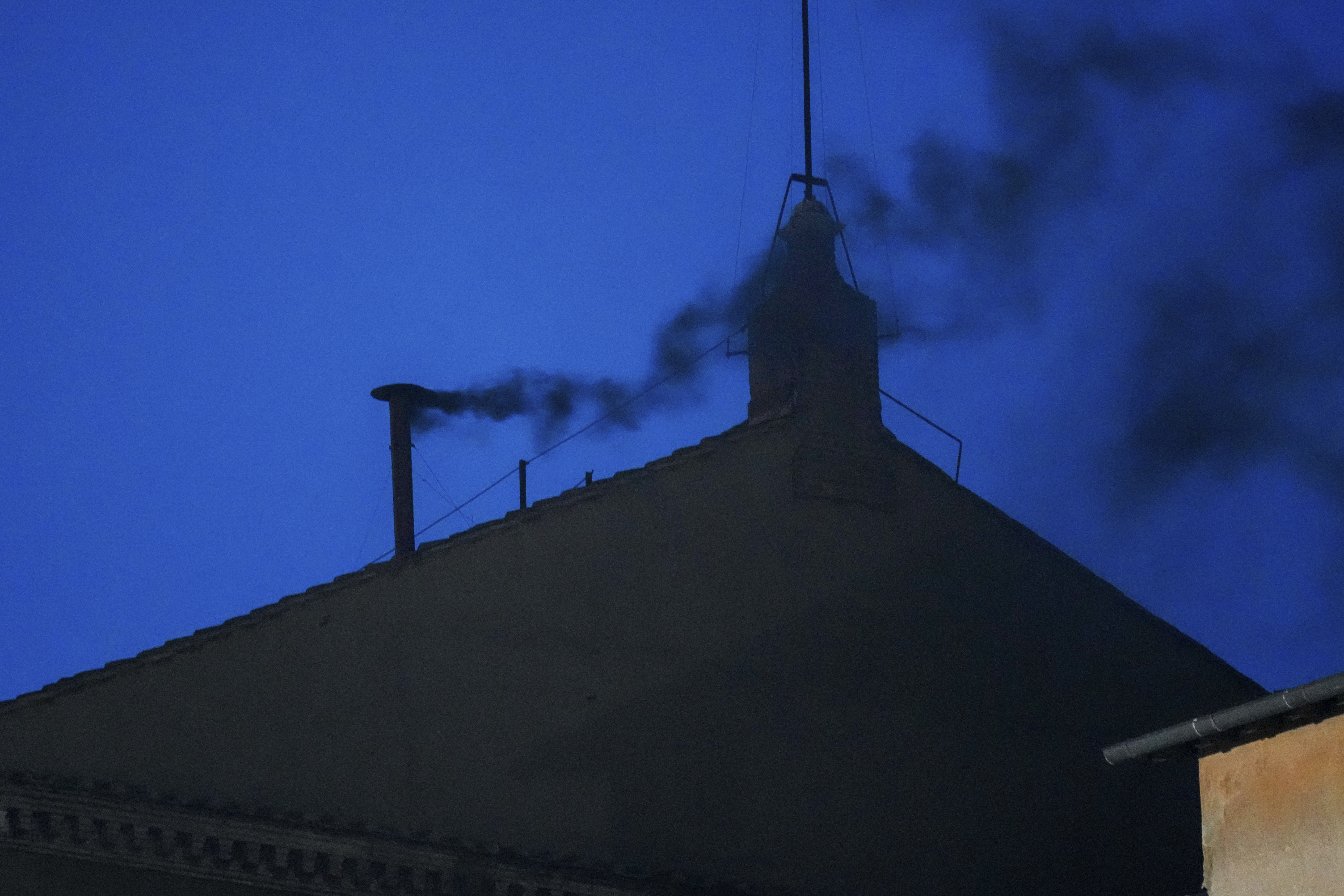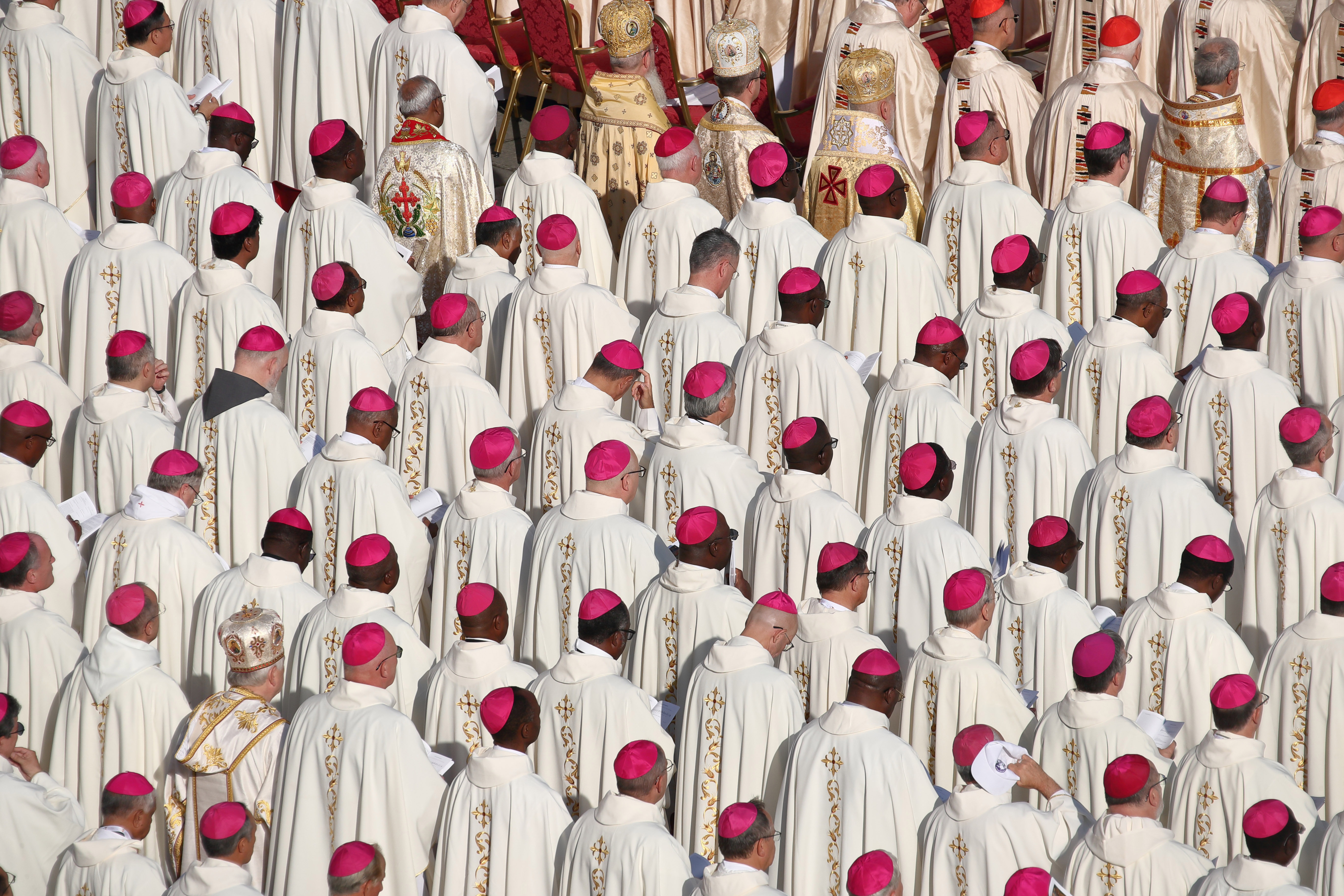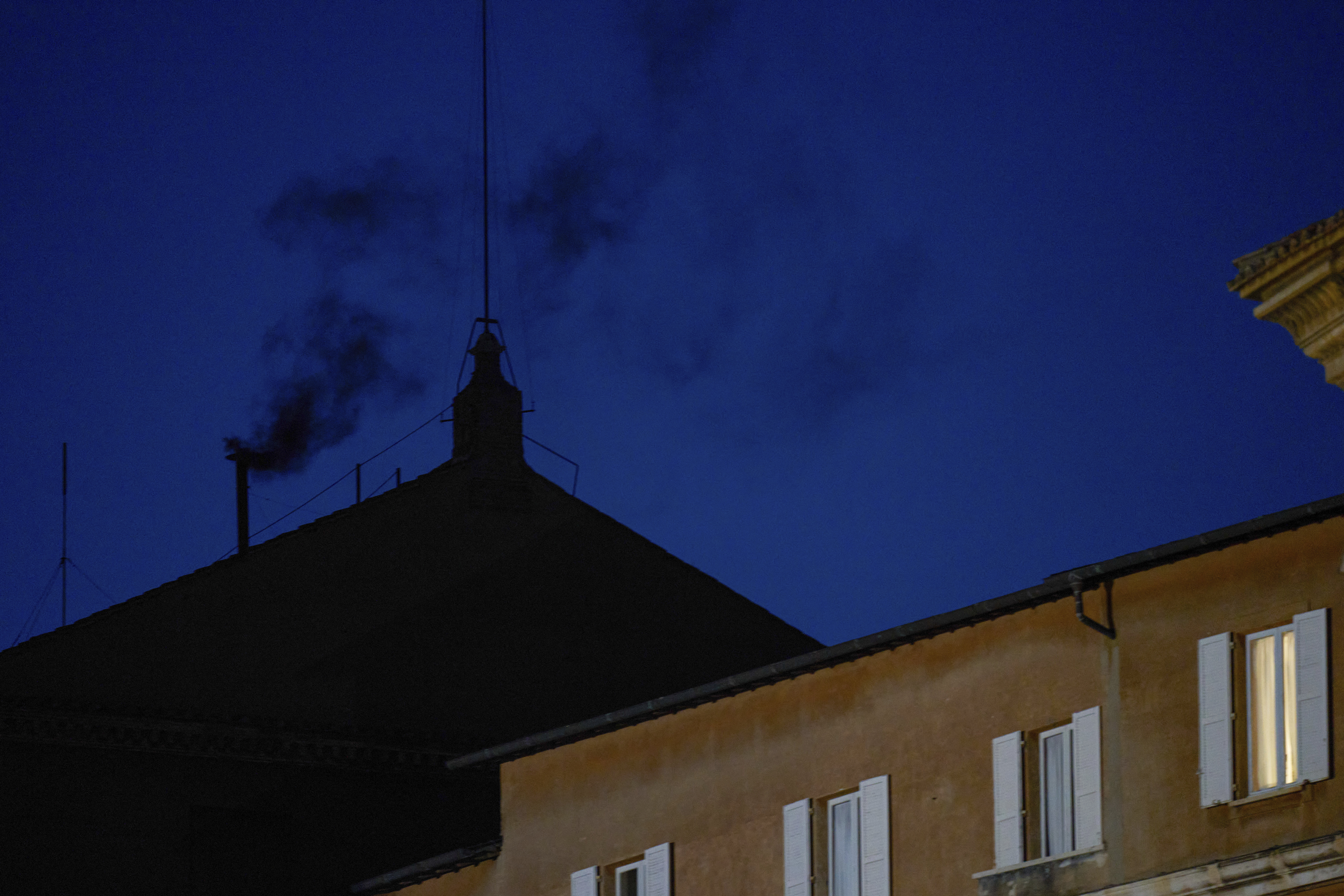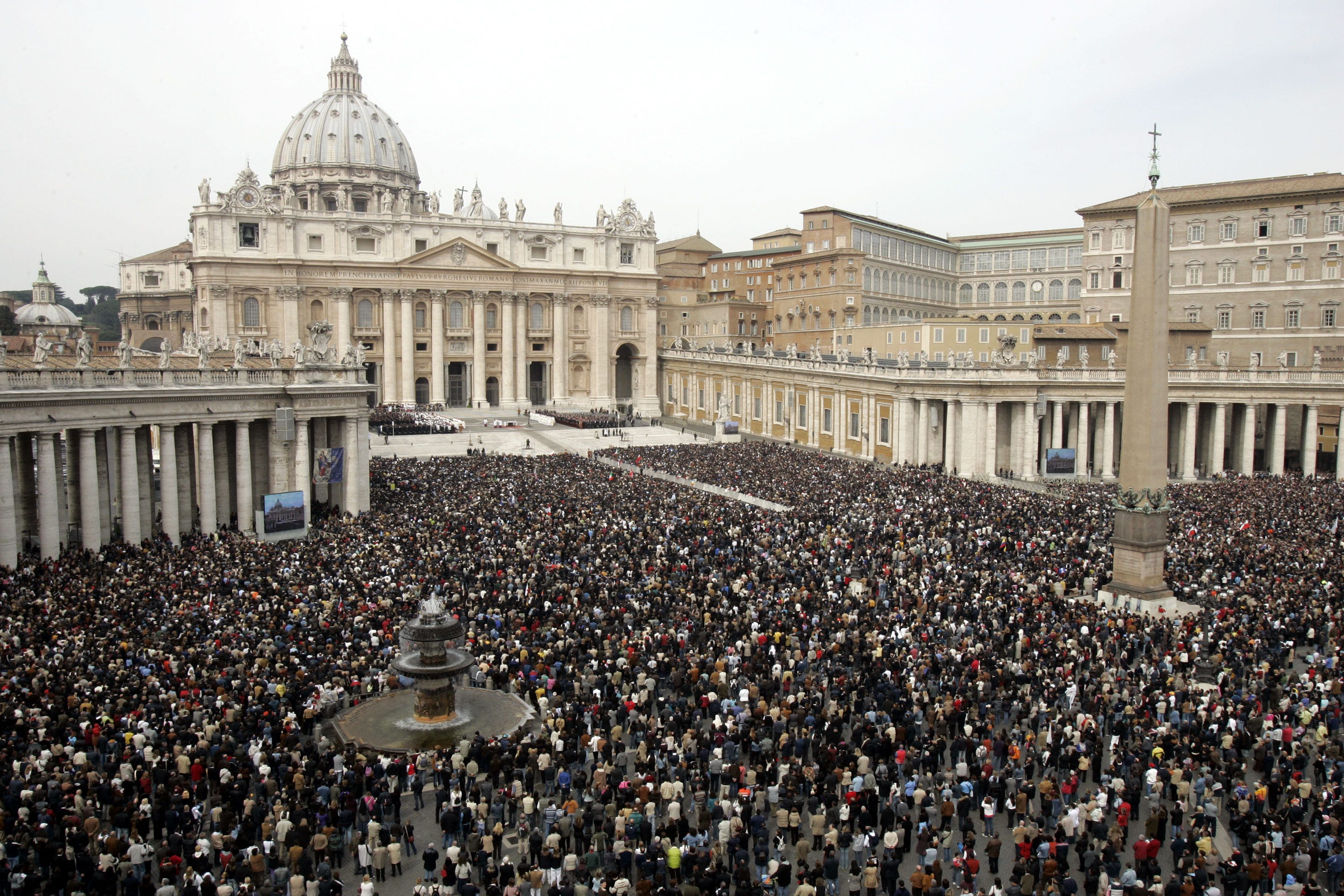Papal Transition Glossary: Key Terms Explained Simply
Decoding the Papal Transition: A Glossary of Terms You Need to Know
Navigating the Papal Transition: A Comprehensive Guide
A change in popes – whether through passing or resignation – is no small affair. It's a monumental event steeped in history, tradition, and specific terminology. Think of it as a carefully choreographed dance with centuries-old steps, involving the transition of leadership for both the spiritual head of the global Catholic Church and the Vatican’s head of state. Feeling lost in the lexicon? Don't worry! This guide is your Rosetta Stone to understanding the unique language of a papal transition. We'll break down the key terms – some in Latin, some in more common usage – so you can follow the news with confidence and clarity in the coming days. Ready to dive in?
The Key Players: Cardinals and the Camerlengo
Let's start with the major players in this grand production. It's not just about one person leaving and another arriving; it's about a whole system of individuals and roles that spring into action.
Who is the Vatican Camerlengo?
Think of the Camerlengo as the interim CEO of the Vatican. This is the “chamberlain” – the cardinal in charge of formally verifying the pope’s death (or resignation, in some cases) – and then sealing his private rooms, including his study. Between the moment the papacy is vacant and the election of the new pope, the Camerlengo administers the “goods and temporal rights” of the Holy See. He ensures that the Vatican continues to function smoothly during this delicate period. The current one is often a high-ranking Cardinal, chosen for their experience and trustworthiness. This role is critical for maintaining order and preventing any disruption to the church's operations.
Who is in the College of Cardinals?
The College of Cardinals is essentially the Pope's advisory council and, more importantly, the electorate for the next pope. There are hundreds of cardinals worldwide, and as a body, they are in charge of the Holy See’s affairs in-between popes, albeit with limits. Not all cardinals are eligible to vote in the conclave; only those under the age of 80 can cast a ballot. This age limit is in place to ensure that those electing the new pope are still relatively active and engaged in the Church's current issues. The specific number of cardinals eligible to vote fluctuates depending on appointments and retirements.
"Sede Vacante" – The Vacant See
This Latin term literally translates to "the vacant see," and it refers to the period between the death (or resignation) of a pope and the election of his successor. It's a time of mourning, reflection, and intense activity as the Church prepares to choose its next leader. Imagine it as a period of transition, like when a company is searching for a new CEO.
"Conclave" – Locked Away for a Decision
The "conclave" is perhaps the most famous term associated with a papal transition. The word comes from the Latin "cum clave," meaning "with key," which refers to the fact that the cardinal electors are literally locked away in the Sistine Chapel until they elect a new pope. Think of it as a jury deliberation, but with far higher stakes and a lot more tradition.
The Secrecy of the Conclave
The secrecy of the conclave is paramount. Cardinals are sworn to absolute silence, and measures are taken to prevent any outside influence. Electronic devices are banned, and the Sistine Chapel is thoroughly swept for listening devices. This level of secrecy is intended to ensure that the cardinals can vote freely and without fear of coercion or outside pressure.
Voting Procedures: Ballots and Smoke Signals
The voting process itself is quite intricate. Cardinals cast their ballots, and the votes are counted in secret. If a candidate receives the required two-thirds majority, he is elected. If not, the ballots are burned – along with a chemical additive to create black smoke – signaling to the world that no decision has been reached. The smoke rises from a chimney erected above the Sistine Chapel, a visual cue watched intently by crowds gathered in St. Peter's Square. White smoke, of course, signals that a new pope has been chosen!
"Habemus Papam" – We Have a Pope!
These are the two Latin words the Protodeacon (the senior cardinal deacon) proclaims from the balcony of St. Peter's Basilica once a new pope has accepted the election. The full declaration is: “Annuntio vobis gaudium magnum; habemus Papam!” which translates to "I announce to you a great joy; we have a Pope!" It's the moment the world knows the conclave has ended and a new chapter for the Catholic Church has begun.
"Urbi et Orbi" – To the City and the World
"Urbi et Orbi" is a Latin phrase meaning "to the City [of Rome] and to the World." It refers to a papal address and blessing given by the Pope on certain solemn occasions, such as Christmas, Easter, and immediately following his election. It's a formal blessing extended to all Catholics, and often the wider world, offering forgiveness of sins.
"The Ring of the Fisherman" (Piscatory Ring)
This is a unique piece of papal regalia – a gold ring bearing an image of St. Peter, the first Pope, fishing from a boat. It is a symbol of the Pope's authority and is traditionally destroyed upon his death or resignation. This ensures that it cannot be used to forge documents during the "sede vacante." A new ring is then created for the incoming Pope, each one unique.
"The Pallium"
The pallium is a woolen vestment worn by the Pope and archbishops as a symbol of their authority and unity with the Pope. It's a white woolen band, decorated with six black crosses. The new pope receives the pallium during his inauguration Mass, formally marking the beginning of his pontificate.
The Papal Inauguration
Following the election, the new Pope is formally inaugurated in a ceremony steeped in tradition. This event, usually held in St. Peter's Square, marks the beginning of his reign. During the inauguration, the new Pope receives the pallium and other symbols of his office.
The Papal Apartments
These are the private living quarters of the Pope within the Vatican. They are located in the Apostolic Palace. Upon the death or resignation of a Pope, the papal apartments are sealed and remain vacant until the new Pope takes possession.
The Swiss Guard
The Swiss Guard is the oldest military unit in continuous operation, dating back to the 15th century. They are responsible for the security of the Pope and the Vatican. Their colorful uniforms and ceremonial duties make them a distinctive feature of the Vatican landscape.
The College of Consultors
In the absence of a pope, some functions are managed by the College of Consultors. It's important to remember that not every task is delegated to the entire College of Cardinals, some roles are delegated to smaller groups for specific duties.
"Pontificate" - The Reign of a Pope
The word "pontificate" simply refers to the term of office of a Pope. When you hear someone talking about a Pope's pontificate, they are talking about the entire period he served as the head of the Catholic Church.
Conclusion: The End of One Era, the Beginning of Another
Navigating a papal transition involves understanding a unique vocabulary, steeped in history and tradition. From the solemn declaration of "Sede Vacante" to the joyous announcement of "Habemus Papam," each term plays a vital role in this momentous event. The process, with its intricate rituals and profound symbolism, ensures a smooth transition of leadership for the Catholic Church. Remember the Camerlengo's role, the College of Cardinals' duties, and the significance of the white smoke. With this glossary, you're now well-equipped to understand and follow the news surrounding a papal transition, recognizing that it's not just a change in leadership, but a pivotal moment in the history of the Catholic Church.
Frequently Asked Questions (FAQs)
- What happens to the previous Pope's belongings after his death?
The late Pope's personal belongings are usually inventoried and either distributed to family members or preserved in the Vatican archives. Important documents and writings are often studied for historical significance.
- How long does the Conclave typically last?
There's no set timeframe. Some conclaves have lasted only a few days, while others have stretched on for weeks. The process continues until a candidate receives the required two-thirds majority.
- Can a Pope choose his successor?
No, the Pope cannot choose his successor. The election of a new Pope is solely the responsibility of the College of Cardinals during the conclave.
- What happens if a cardinal reveals the secrets of the Conclave?
Cardinals are sworn to secrecy, and revealing information about the conclave is a grave offense that carries serious consequences, including excommunication.
- Is there a process for a Pope to resign?
Yes, a Pope can resign, as Pope Benedict XVI did in 2013. However, it's a rare occurrence. The Pope must freely and publicly declare his intention to resign.

